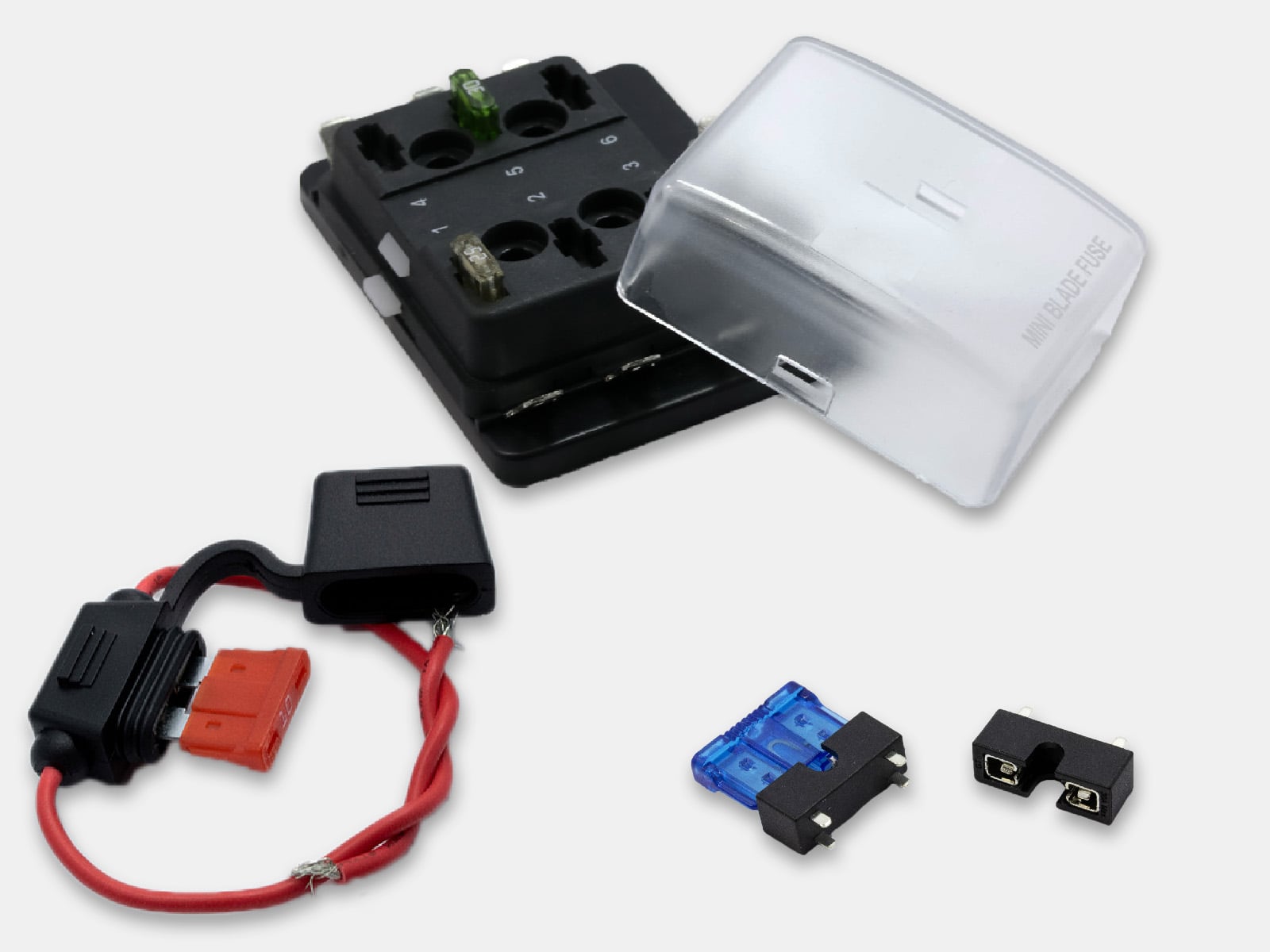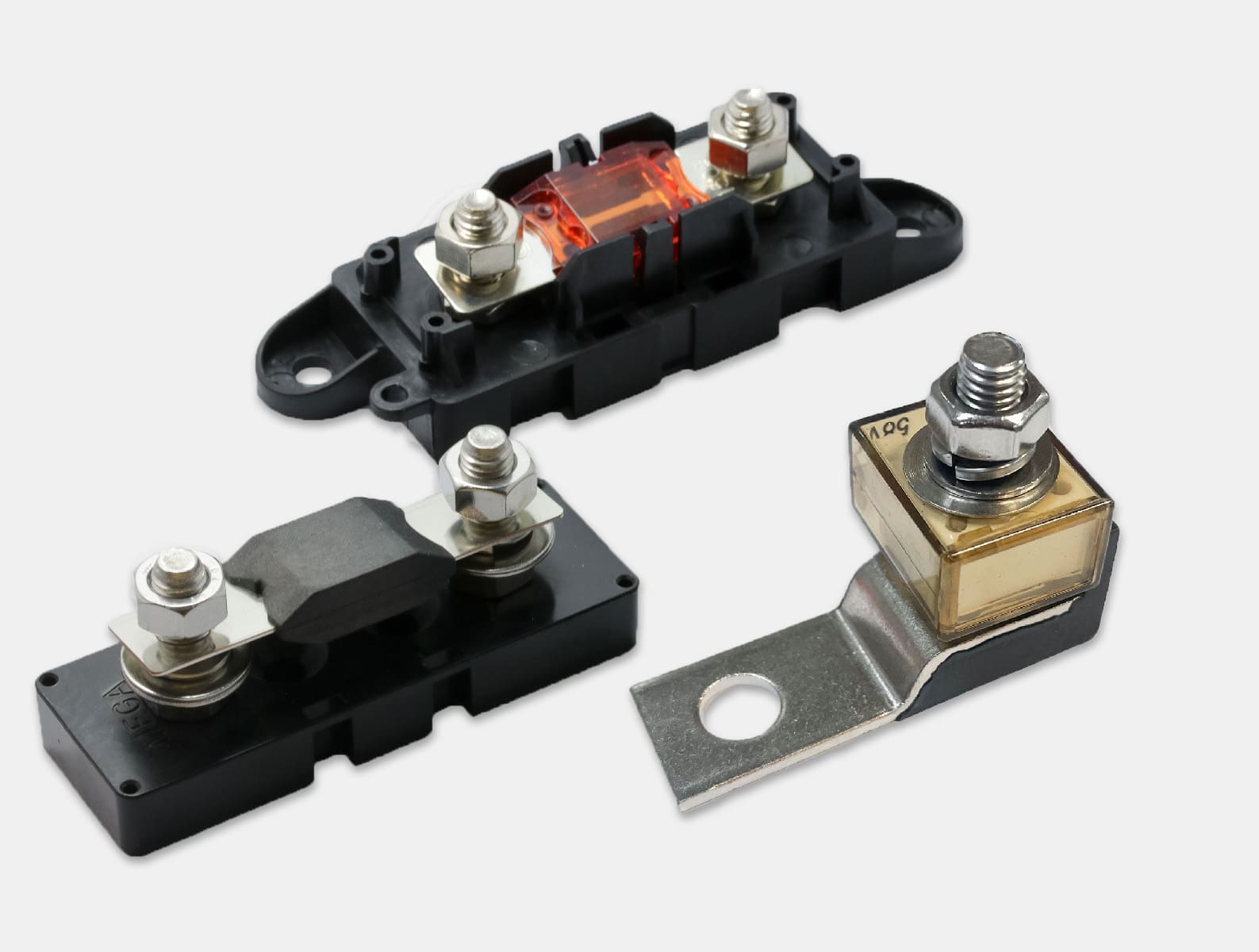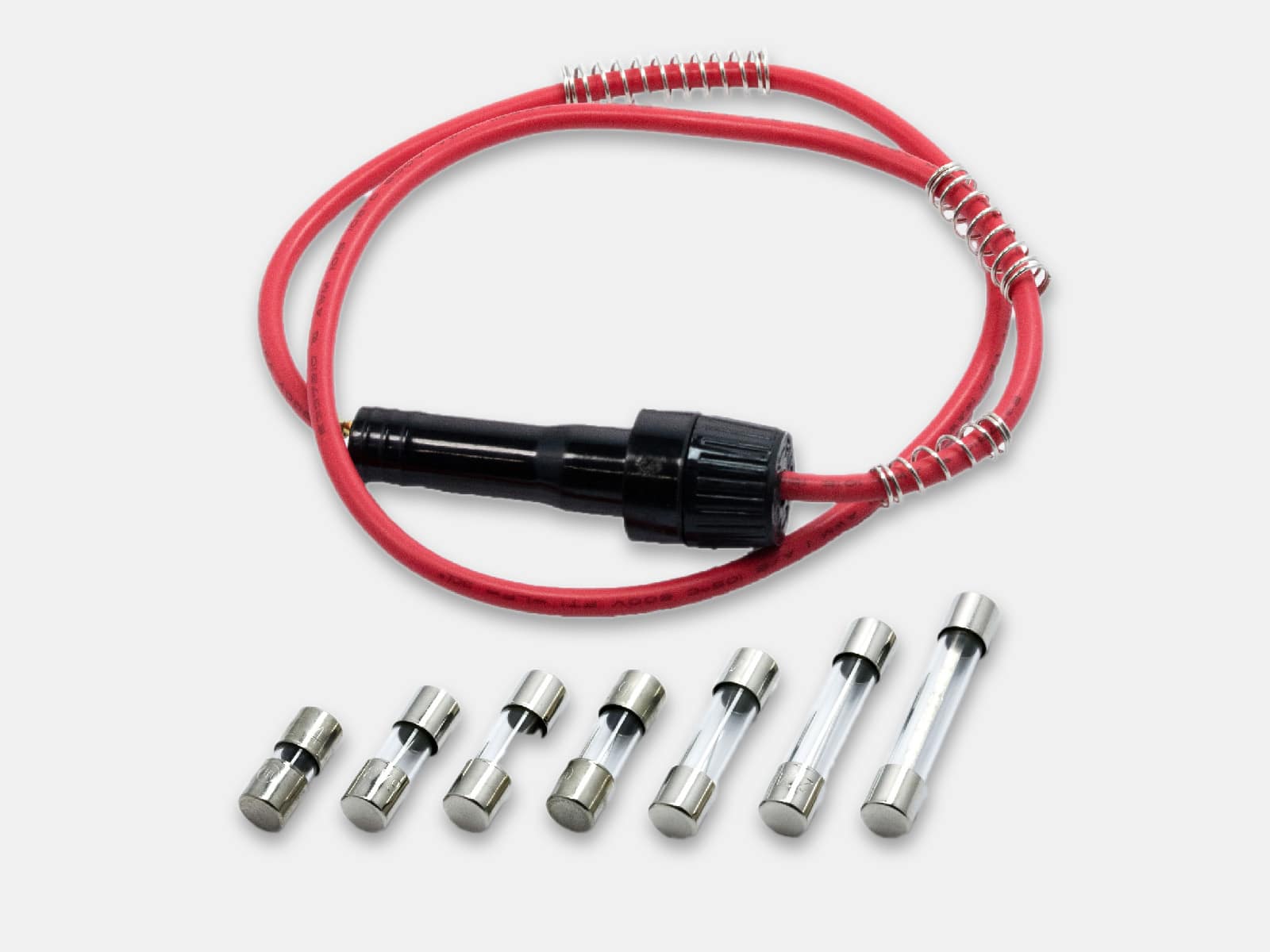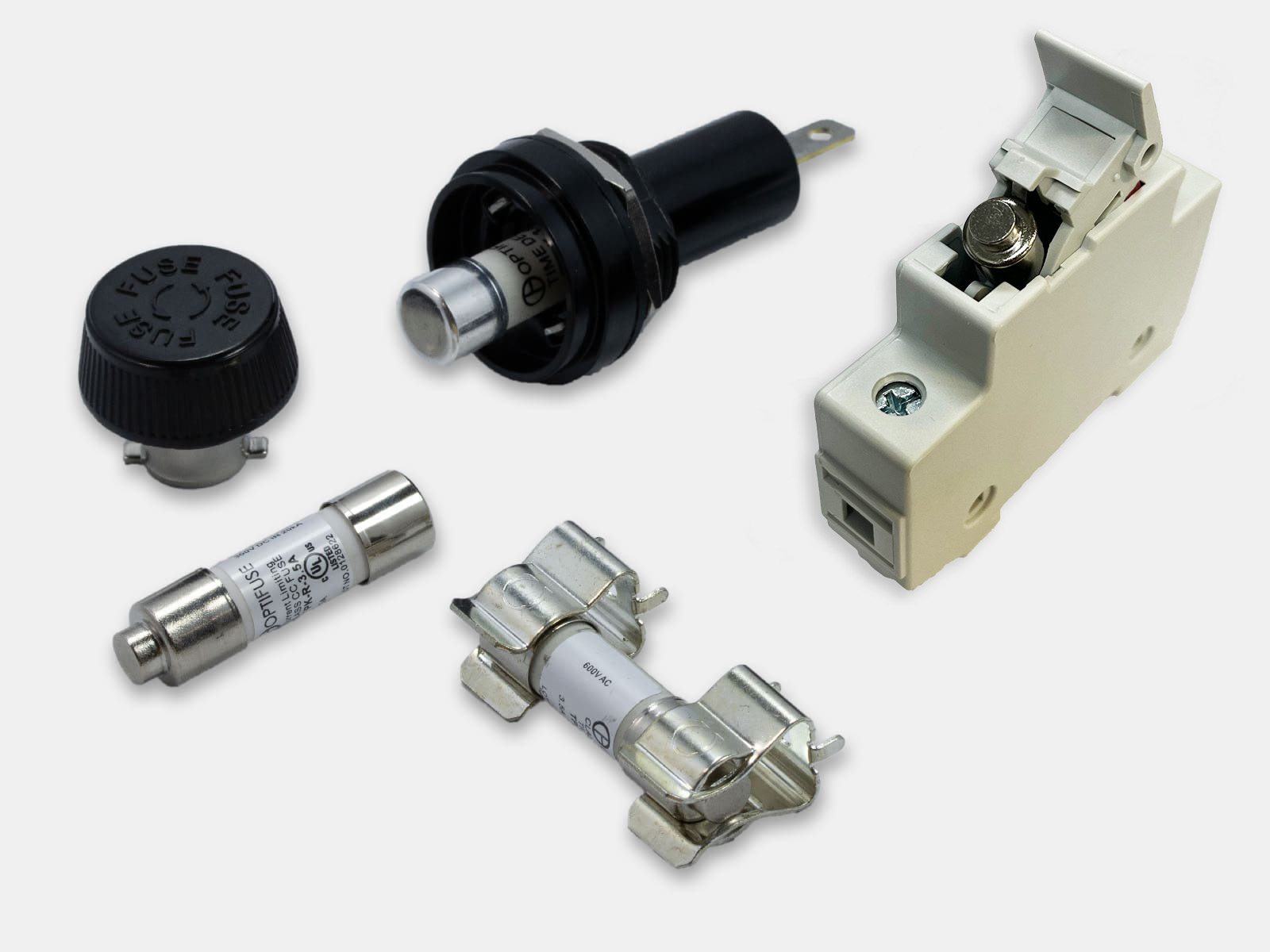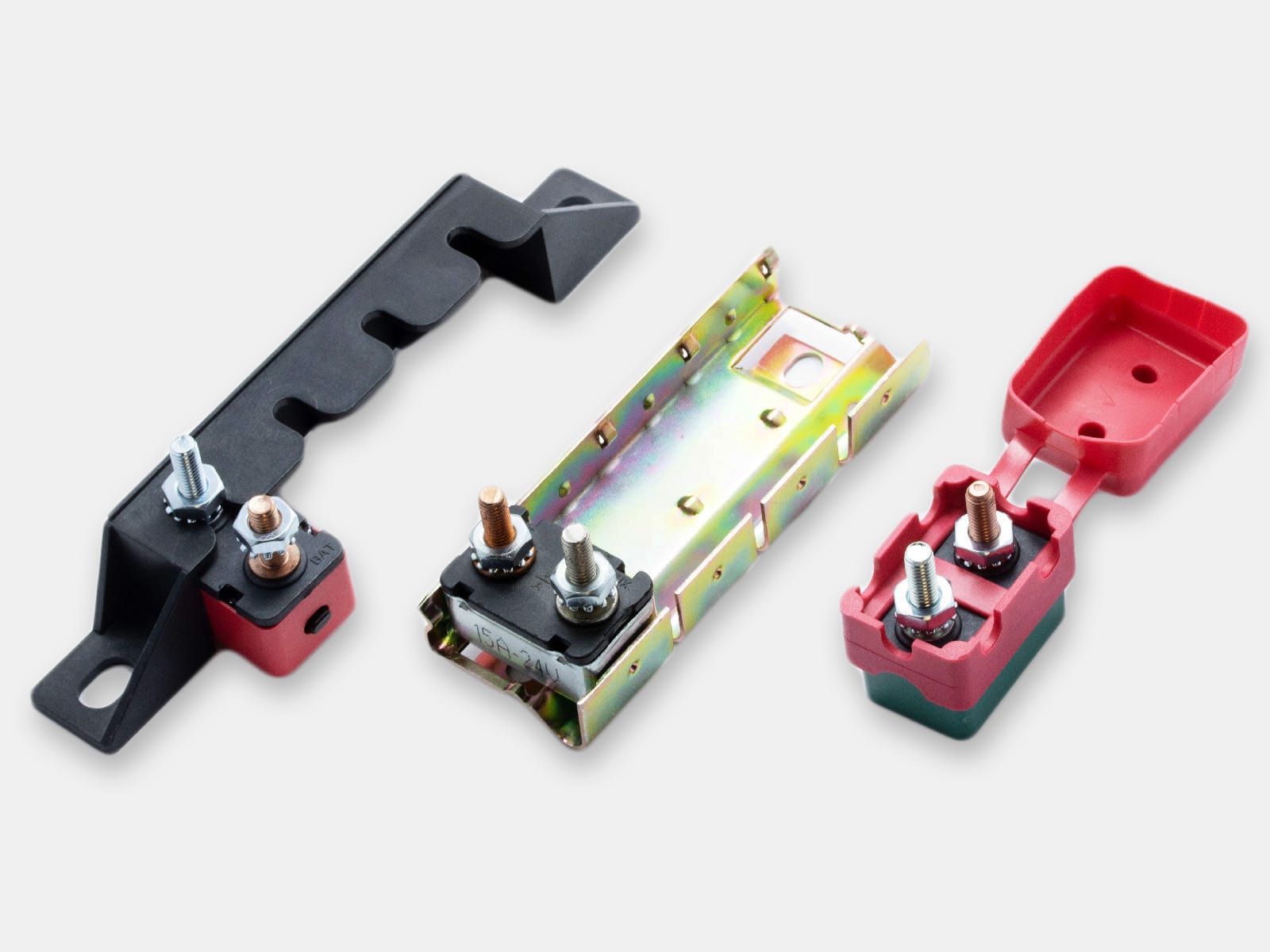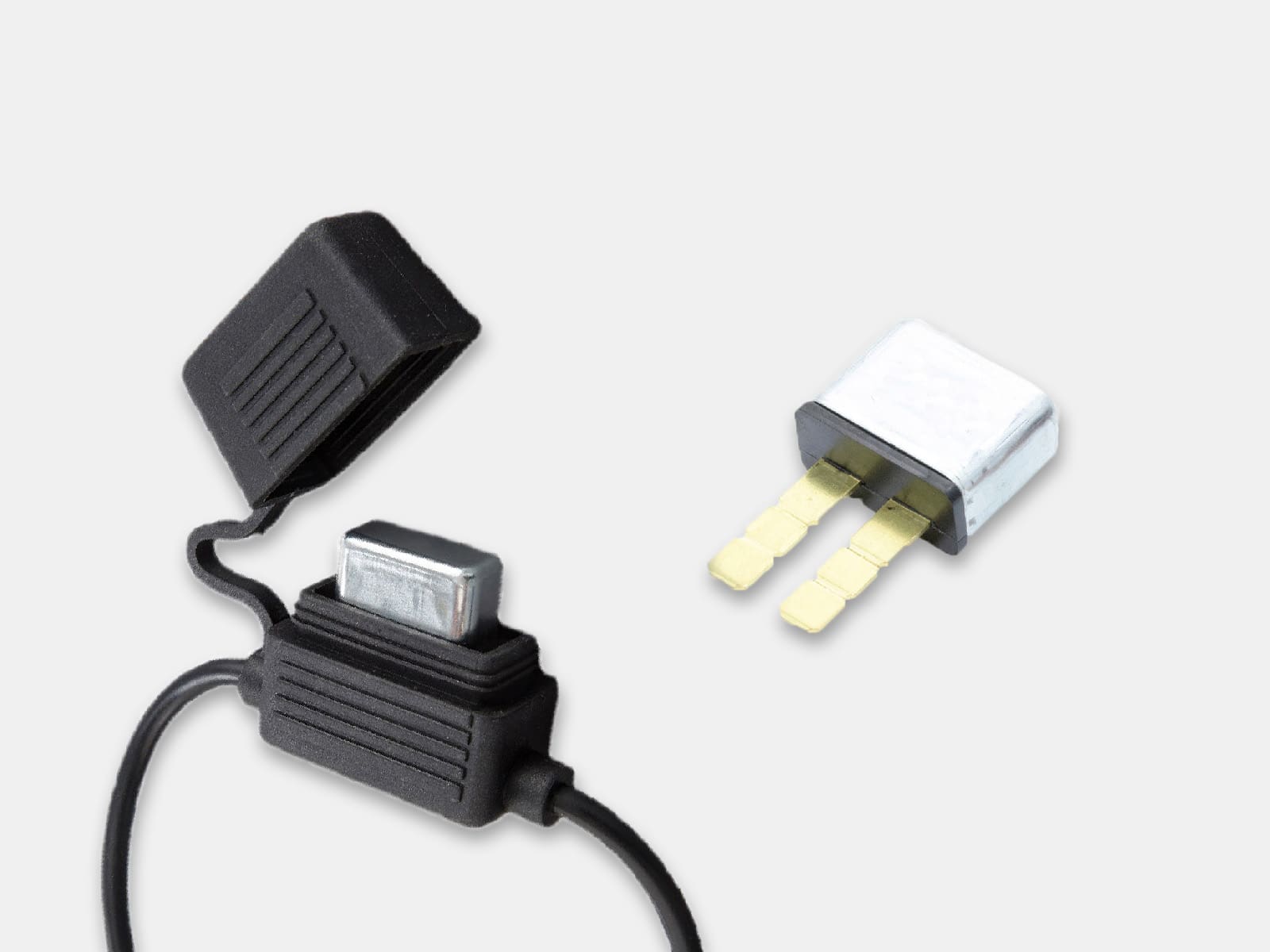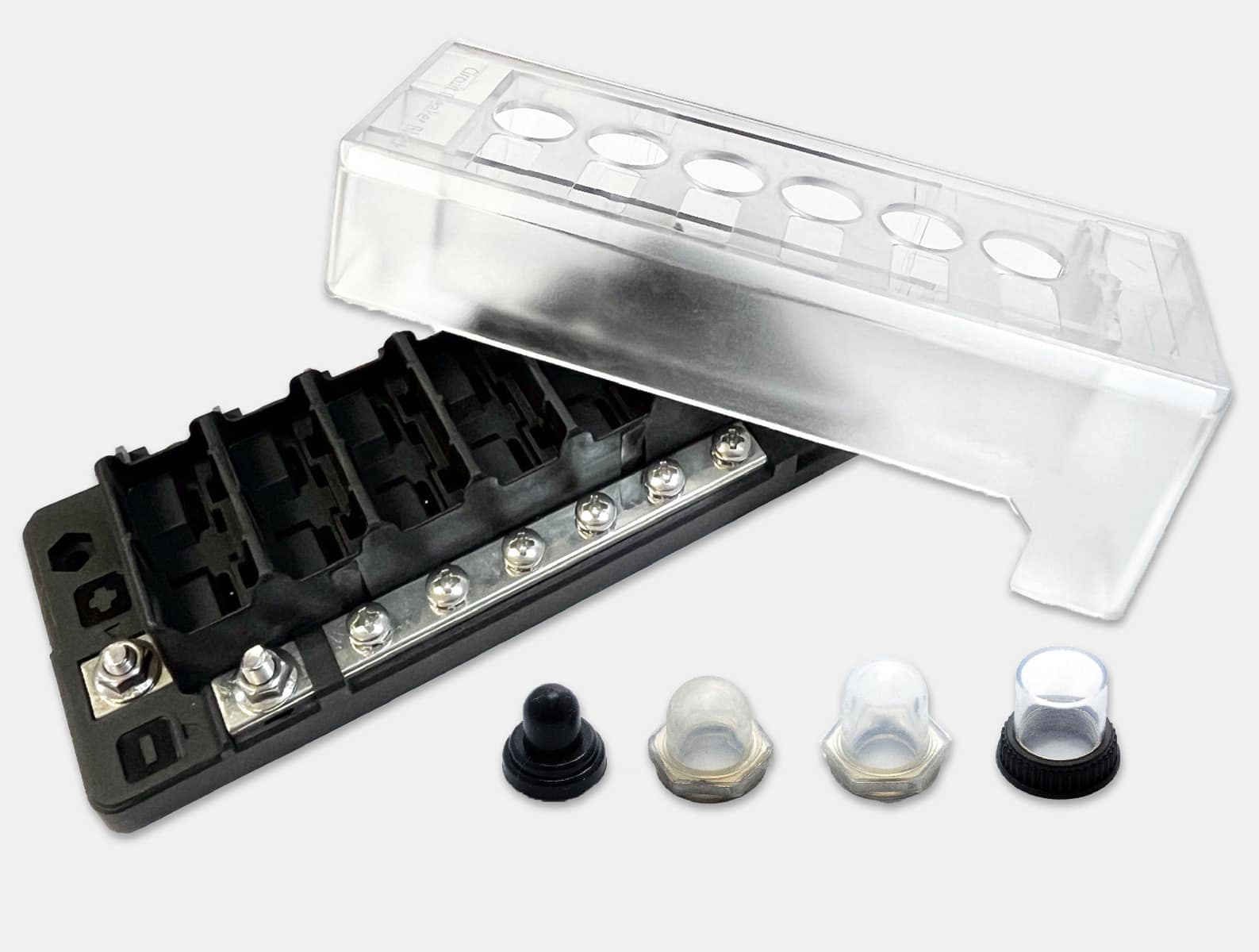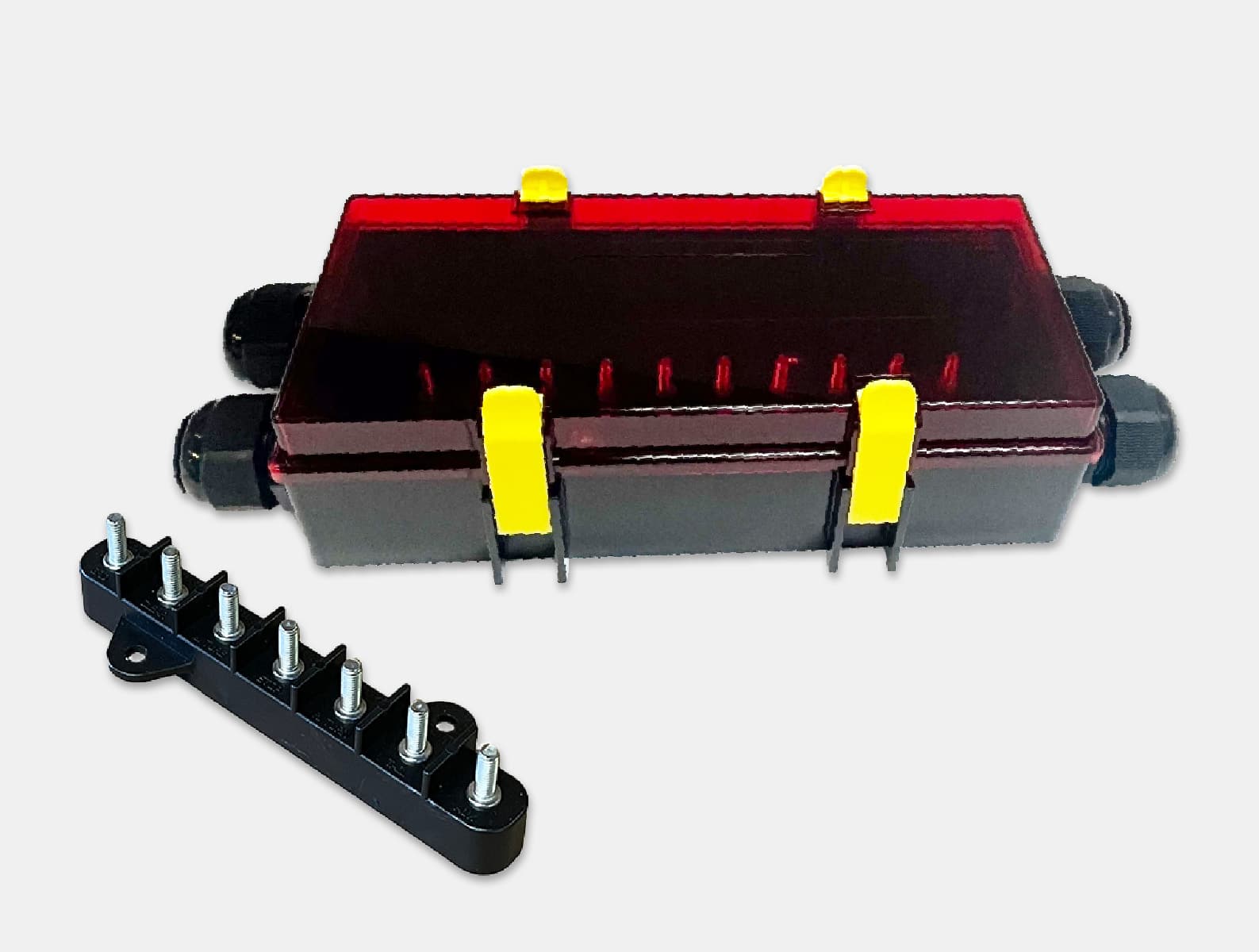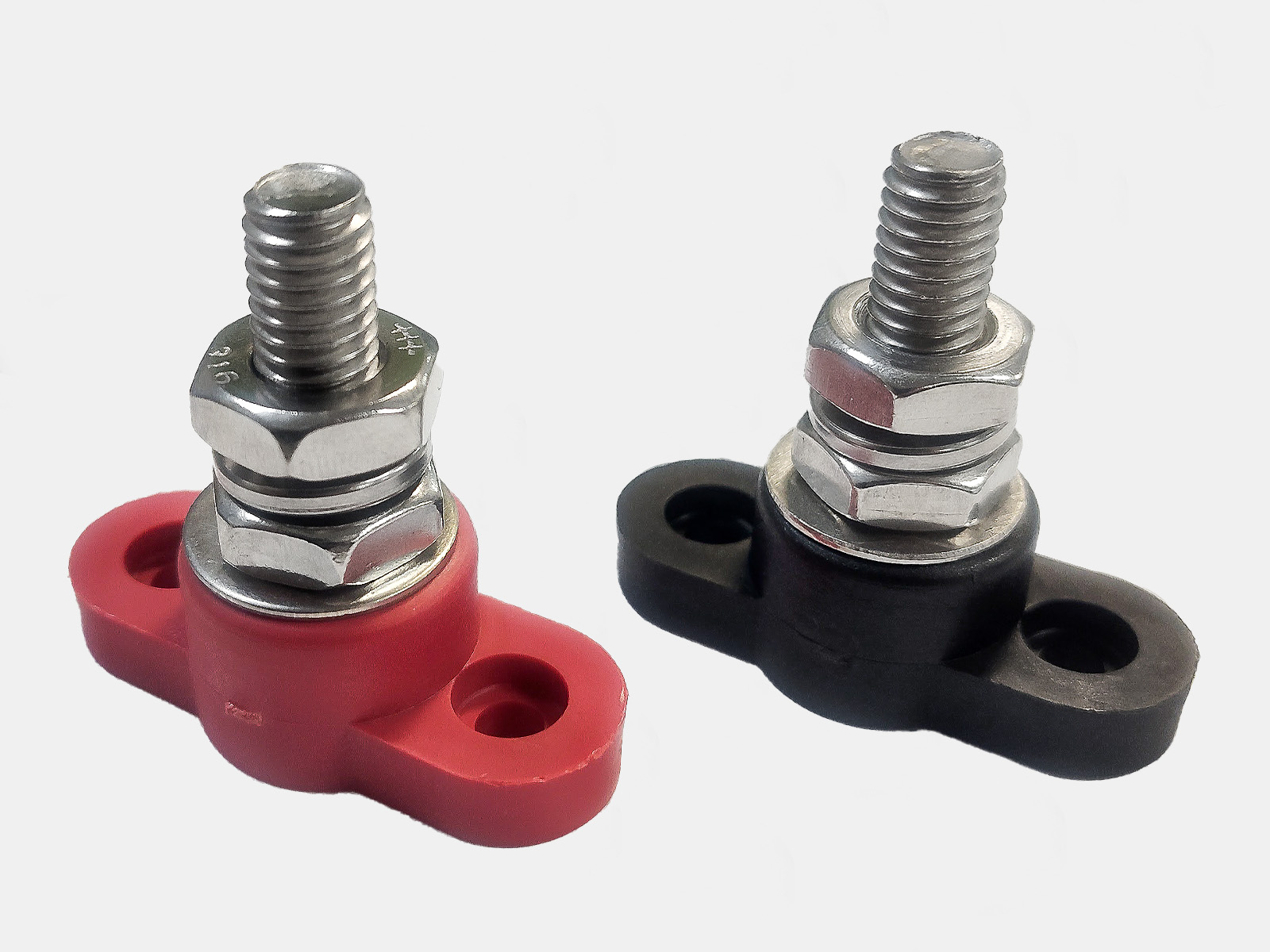Fuse holders, blocks and accessories manufacturer and distributor
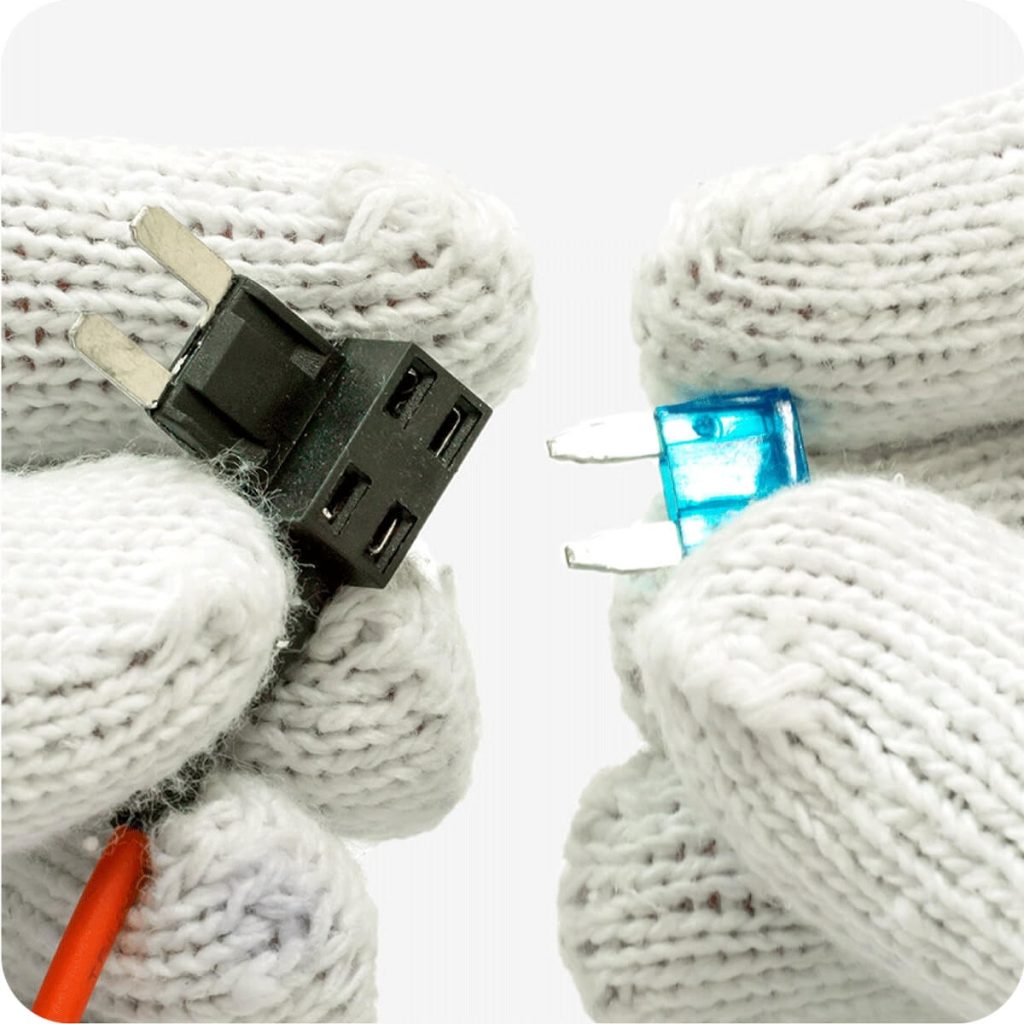
We know that every application is different and virtually every installation requires a certain amount of additional work to properly install the fuse. At OptiFuse, we offer the maximum amount of flexibility and options to reduce the mounting time and cost in your application. Installing circuit protectors is easy with our wide variety of customizable fuse holders, sturdy fuse blocks, and compact fuse clips. Explore the options to mount your fuses or contact our expert staff to help you design the solution for your most challenging applications.
Select the fuse or circuit breaker to mount:
Useful Resources
Knowledge Center
Fuse Holders vs. Fuse Blocks: What Do You Need to Know?
Fuse Holders
A fuse holder securely mounts fuses in an electrical circuit, enabling easy replacement and stable connections. Depending on the design, it often provides weather protection against moisture and dust. Additionally, it isolates fuses from accidental contact to reduce shock risks. Overall, fuse holders enhance the safety and reliability of electrical systems.
Fuse Blocks
A fuse block serves as a centralized hub for managing multiple fuses, organizing and streamlining electrical systems. It isolates fuse terminals to prevent accidental contact, minimizing the risk of electrical shocks and short circuits. Additionally, fuse blocks facilitate easy fuse replacement and ensure secure, reliable connections, enhancing the overall safety and functionality of electrical circuits.
What are the key characteristics of fuse holders and fuse blocks?
Key features of fuse holders and fuse blocks include:
- Fuse Type: Designed for specific fuse types (e.g., blade, glass, cartridge).
- Mounting Style: Installation options such as panel mount, surface mount, and inline.
- Number of Positions: Varies from single to multiple fuse positions.
- Material: Made from plastic, metal, or ceramics for durability and heat resistance.
- Size and Form Factor: Dimensions and shape to fit different fuse sizes.
- Current and Voltage Ratings: Maximum safe current and voltage capacity.
- Safety Features: Includes cover caps, locks, or indicator lights.
- Ease of Access: Designed for easy fuse replacement with features like quick-release or hinged covers.
- Environmental Protection: Safeguards against dust, moisture, and other elements.
- Modularity: Ability to customize or expand fuse positions.
What fuse holder and fuse block types can I find at OptiFuse?
OptiFuse offers fuse holders for most of the fuses that are offered. They come in various mounting methods, ratings, and sizes, with weatherproof and indicating options available depending on the fuse style. To view the complete range of OptiFuse fuse holders, visit the OptiFuse website, navigate to “Fuse Holders, Blocks and Accessories,” select your fuse style, choose the desired mounting or installation type, and browse through the available offerings.
How do I choose the right Fuse Holder or Block?
To choose the right fuse holder or block, consider the following key factors:
- Compatibility: Ensure the fuse holder or block is compatible with the specific fuse type (e.g., blade, glass, ceramic) and size needed for your application.
- Space Constraints: Measure the available space for installation to ensure the fuse holder or block fits properly in the designated area.
- Mounting Method: Choose a mounting style that suits your setup, such as surface mount, panel mount, or DIN rail mount.
- Environmental Protection: Consider if the fuse block needs to offer protection against moisture, dust, or harsh conditions (e.g., through IP-rated enclosures).
- Electrical Ratings: Check that the fuse block’s voltage and current ratings meet the specifications of your system.
- Ease of Replacement: If regular maintenance or fuse replacement is expected, prioritize designs that allow for quick and easy access to the fuses.
What accessories do I need for fuse installation/removal?
For fuse installation and removal, fuse pullers are essential accessories that provide safety and ease of use. Designed specifically for handling fuses, they allow users to securely grip and remove fuses without risking damage to the fuse or holder, reducing the likelihood of electrical shock.
How do you use a fuse puller tool?
A fuse puller tool is typically used with blade fuses. To use it, apply inward pressure at the top of the tool, causing the bottom to open. Once open, slide the tool over the top of the blade fuse and release the pressure to create a clamping connection. Finally, simply pull upward to remove the blade fuse from the holder.
Why does my fuse holder keeps melting?
There are several potential reasons why fuse holders may begin melting. One of the most common causes is loose connections, which can generate high resistance and lead to additional electrical heat. Another frequent issue is the use of undersized wires; it’s essential to ensure that the wire gauge can handle the rated current, as inadequate sizing can result in overheating and melting. Other contributing factors include frequent overcurrent conditions or short circuits, as well as high ambient temperatures that exacerbate heating issues. Addressing these factors is crucial for preventing fuse holder melting.
See Also
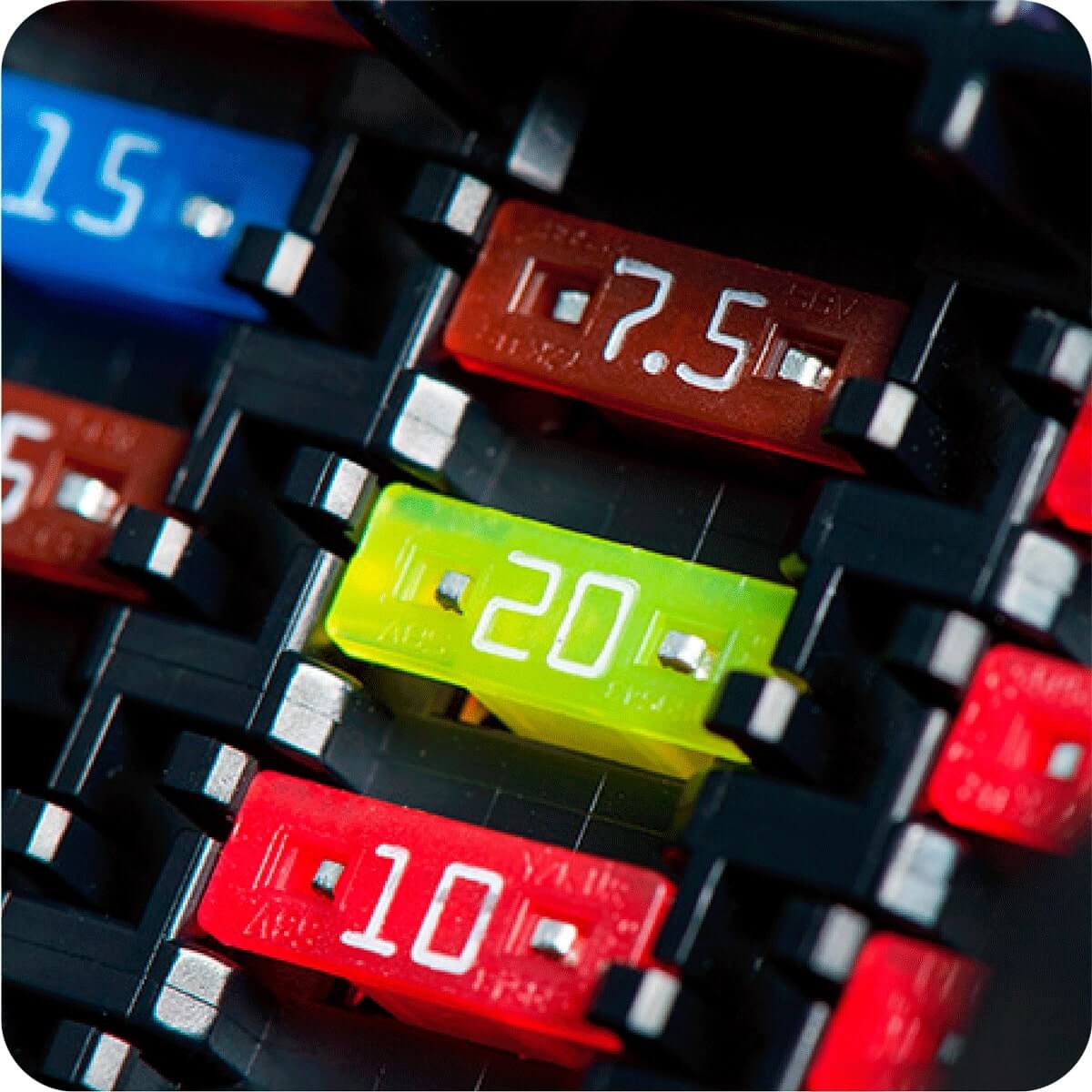
Fuses
Many styles of innovative, versatile fuses are available to protect circuits from dangerous overcurrents in automotive, electronic, and industrial applications.
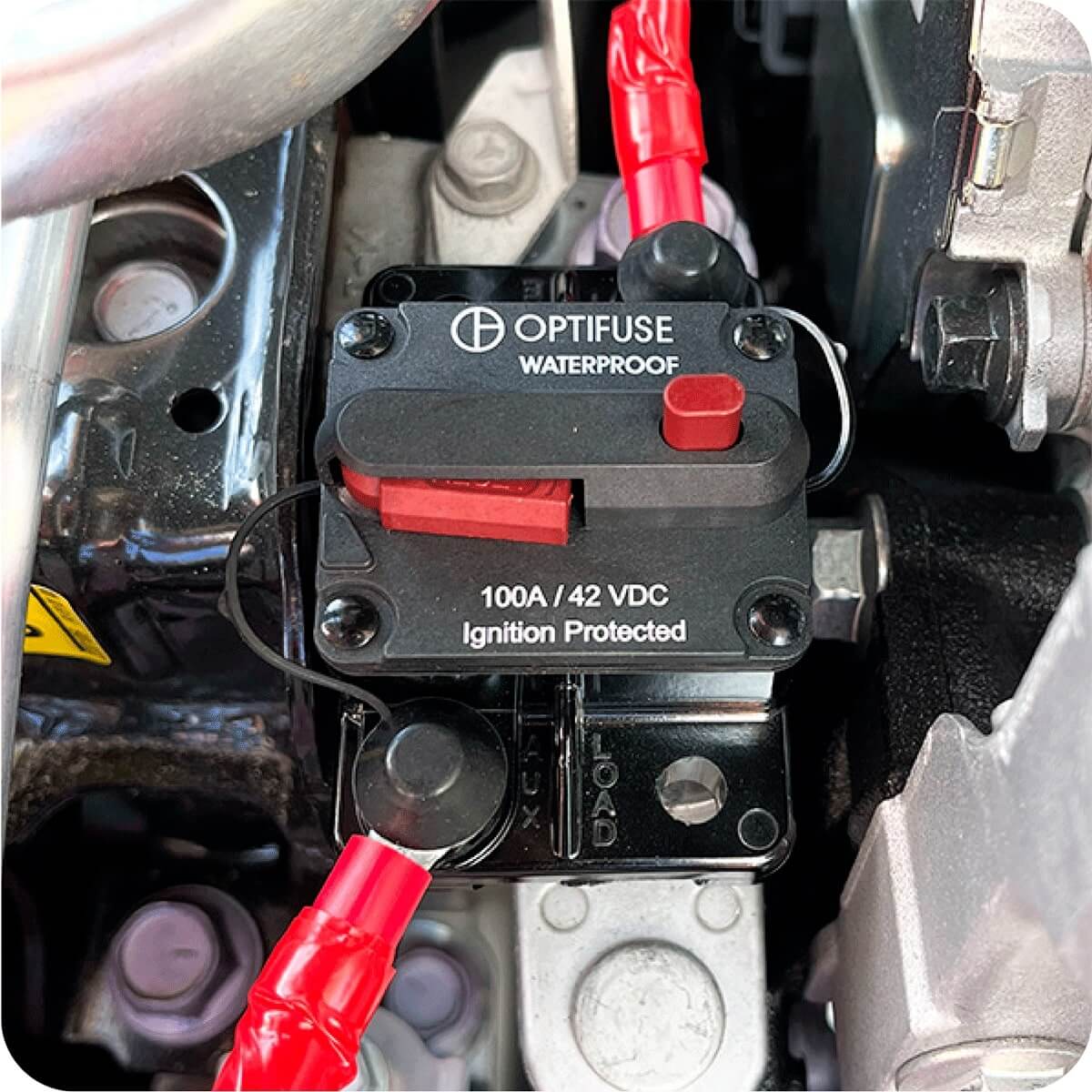
Circuit Breakers
A comprehensive range of automotive, marine grade and line voltage circuit breakers to protect applications where resettability is needed.
